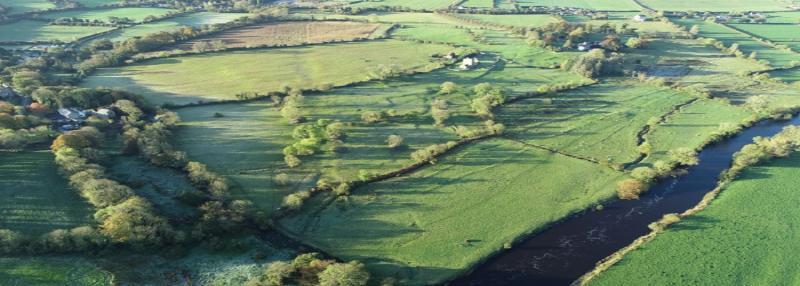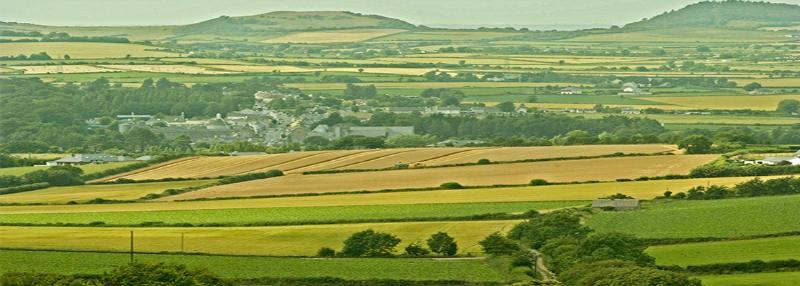Teagasc on RTÉ Brainstorm
RTÉ Brainstorm is a unique partnership between RTÉ, University College Cork, NUI Galway, University of Limerick, DCU, Technological University Dublin, Maynooth University, the Irish Research Council and Teagasc.
RTÉ Brainstorm is where the academic and research community contribute to public debate, reflect on what’s happening in the world around us and communicate fresh thinking on a broad range of issues.
Read articles from Teagasc researchers that have featured below.
Why is there a shortage of Irish spuds in the shops right now?
There are two reasons why we are seemingly short of Irish potatoes at the moment and both are related to weather.
Many consumers are noticing that Irish spuds are both scarce and expensive at the moment, with very few “new potatoes” available on shop shelves. June and July are traditionally the months where potato connoisseurs looked for the new season potatoes and, in the case of the second earlies such as British Queens, they were eaten with not much else other than butter and salt.
Read more about why there is a shortage of Irish spuds in the shops right now
By Shay Phelan, Teagasc
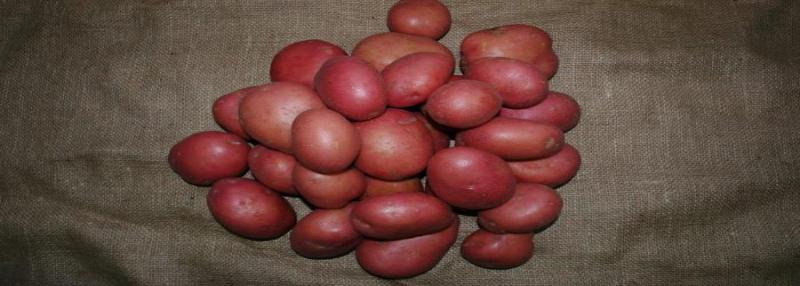
Why farmers are a group at risk of developing mental health issues
It’s clear that tending to the mental well-being of our farmers is as crucial as cultivating the fields themselves.
While a very fulfilling and rewarding occupation, farming is also high-pressure and demanding, which carries numerous risks and stressors for farmers, many of which are outside of their control. Some examples of the kind of stressors that farmers face on a daily basis include tight, or absent profit margins, reliance on market prices and demands, production targets, unpredictable weather, disease outbreaks, the physical demands of the job and time pressures.
Read more about why farmers are at risk of developing mental health issues
By Anna Donnla O’Hagan and Sandra Malone, DCU, and John McNamara, Teagasc

What’s the carbon footprint of the meat and veg we eat?
Achievable changes to the familiar foods we consume would represent a 25% reduction in emissions from our current eating patterns.
The foods we eat influence our health, meaning we need to eat a balanced diet to meet nutritional needs. Healthy eating guidelines outline the types and amounts of foods to consume for a healthy, nutritional diet, and have been developed for over 100 countries globally. The basic message communicated through these guidelines is the same across the world, recommending higher consumption of fruit and vegetables, and minimum consumption of calorie-dense and nutrient-poor foods. When food consumption is not aligned with healthy eating guidelines, the risk increases for many health conditions such as heart disease, diabetes, and obesity.
Read the full article on what’s the carbon footprint of the meat and veg we eat here
By Marie Conway and Sinéad McCarthy, Teagasc
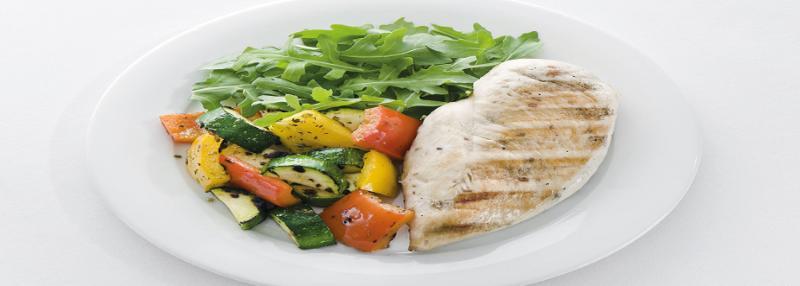
The successful ‘back to basics’ approach of farming in The Burren
The BurrenLIFE project developed a blueprint for sustainable farming to meet the needs of both farmers and the environment
The Burren is famous for its exposed limestone landscape which contains a range of geological features, including some of the best limestone pavements anywhere in the world and species-rich grasslands. Renowned for its monuments and its remarkable legacy in stone tracing the evolution of farming, this rocky outpost in Co Clare is most celebrated for its flora and fauna, with three-quarters of all of Ireland’s native flowers found here. Most of the region is protected as a Special Area of Conservation.
Read the full article on the successful ‘back to basics’ approach of farming in The Burren here
By Anne Kinsella, Teagasc
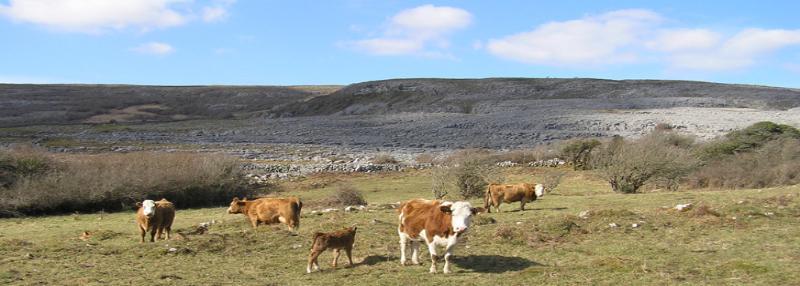
What’s behind Irish whiskey’s second coming?
Ireland is the birthplace of whiskey, but very little growth occurred in the sector until relatively recently
Ireland is the birthplace of whiskey. Records date back to 1405, although it is thought that Irish monks learned the art of distilling as far back as the 11th century. Whiskey production in Ireland peaked in the eighteen hundreds with an estimated 90 distilleries in operation. However, only two distilleries were active on the Island of Ireland in 1975 – Irish Distillers in Midleton, Co. Cork, and Bushmills Distillery in Co. Antrim.
Read the full article on what’s behind Irish whiskey’s second coming here
By Kieran Kilcawley, David Mannion and Thomas Kelly, Teagasc; Christine O’Connor and Chioke Okolo, TU Dublin

How plants in your garden remove CO2 from the atmosphere
They’re up there with forests, bogs and oceans as serious players in the business of taking and storing carbon from the atmosphere.
Plants are nature’s unsung heroes when it comes to combating climate change. You often hear about carbon emissions and how rising carbon dioxide (CO2) levels are wreaking havoc on our climate, but did you know that plants play a crucial role in removing (sequestering) CO2 from our atmosphere?
Read the full article on how plants in your garden remove CO2 from the atmosphere here
By James Rambaud, Teagasc
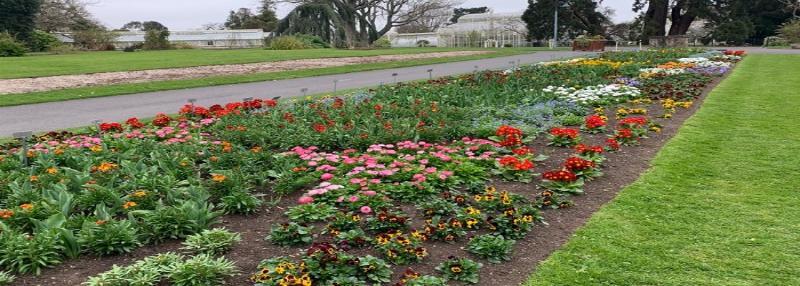
How seaweed can be used as a medicine to fight infection
scientists are discovering the incredible health properties of Irish seaweeds to make medicines to combat dangerous superbugs.
Lots of countries across the world have used natural medicines such as seaweed for thousands of years, but only recently has their potential for pharmaceutical medicines been investigated. With over 40,000 tonnes of seaweed harvested on Irish shores each year, Ireland has the potential to become a global leader in medicines sourced from seaweeds.
Read the full article on how seaweed can be used as a medicine to fight infection here
By Ailbhe McGurrin, UCD
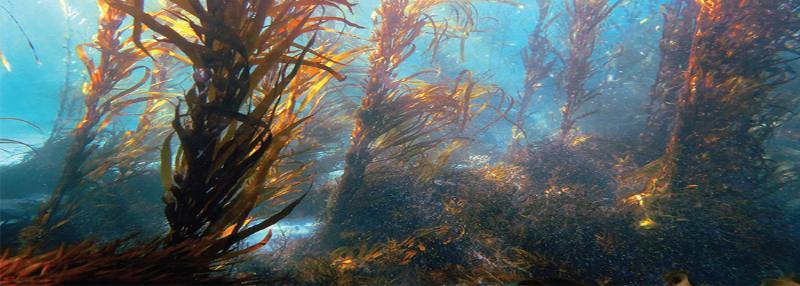
What tree rings can tell us about climate change
A time capsule recording past environmental conditions, tree rings allow us see how trees might respond to future climate change.
The rings of a tree are like a time capsule recording past environmental conditions and they provide an opportunity for scientists to understand how trees might respond to future climate change. Researchers are currently conducting a dendrochronological study (a tree-ring dating technique), as part of the Fit Forests project, to understand how trees respond to climate change.
Read the full article on what tree rings can tell us about climate change here
By Niall Farrelly, Hui Xing, Teagasc and Brian Tobin, UCD
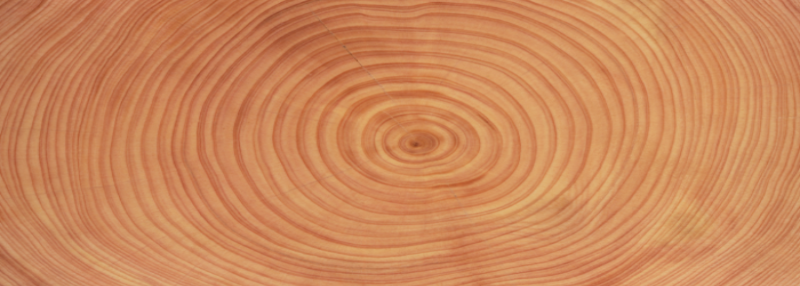
Bees and food production: chaos, corruption and dodgy honey
The Rotten TV show’s protrayal of how some of the bee-keeping industry operates will leave a bad taste in your mouth.
The title of the first episode of Netflix’s Rotten sounds more like a bad Western than a documentary profiling the biggest food fraud case in US history. With a nod to Warren Zevon, Lawyers, Guns and Honey is a bewildering clue to the episode’s contents.
Read the full article on bees and food production here
By Laura Healy, PhD student and Walsh Scholar in Food Chemistry and Technology at TU Dublin.
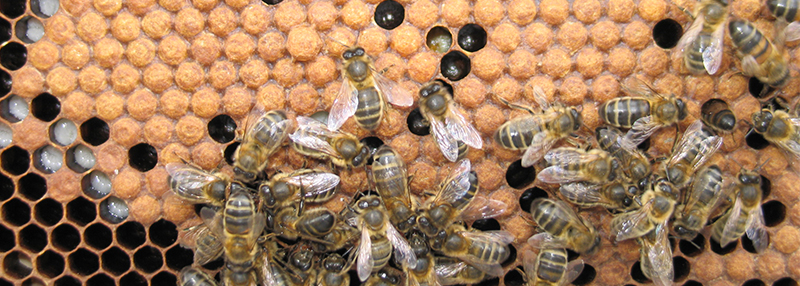
How satellite images from space are used to monitor our soil
The connection between soil, rain and the climate is especially important for a grass-based economy like Ireland’s.
When I first landed in Dublin, three years ago, I was greeted with rain, a downpour rather, and this has remained constant through the time that I have been here. I used to get upset during the rainy season in India and could never romanticise rain as against what is shown in movies around the world.
Read the full article on How satellite images from space are used to monitor our soil here
By Rumia Basu, PhD student at Teagasc and NUI Galway.
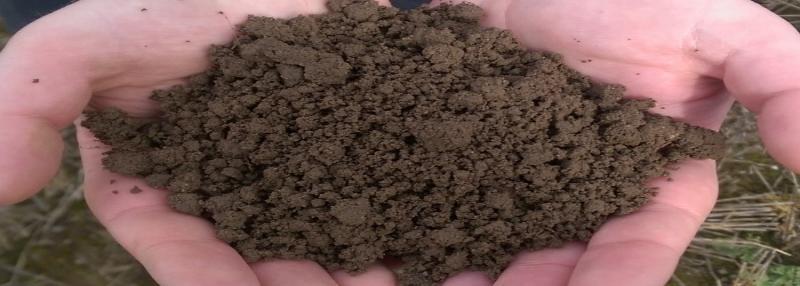
5 new protein sources you may not have come across before
Protein’s image has changed over the last few decades. From meaty meals and egg white omelettes to powders for gym bulking, protein is once again adapting to market demand. This time around, the demand is for sustainably sourced “alternative” proteins. There are a number of sources in the race for first place on our shelves. From seaweed to duckweed, there are 5 sustainably sourced alternative proteins to investigate.
Read the full article on 5 new protein sources you may not have come across before here
By Laura Healy, Teagasc PhD student and Walsh Scholar in Food Chemistry and Technology at TU Dublin.
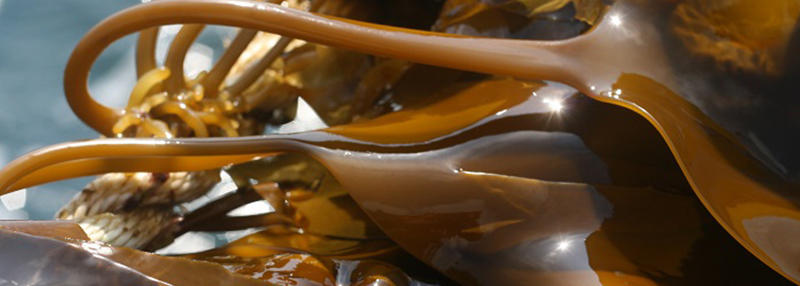
What do Irish consumers think about farming and animal welfare?
Animal welfare is increasingly on the radar of Irish consumers. Public attitudes about how farm animals are taken care of can have a huge impact on food shopping trends. This includes studying food labels in the supermarket aisles, changing dietary habits, or accessing local produce from short food supply chains, such as farmers’ markets or farm box delivery subscriptions. The attention that consumers give to animal welfare practices on farms has the power to influence the future of food production in Ireland.
Read the full article on What do Irish consumers think about farming and animal welfare? here
By Áine Regan and John Hyland, Teagasc
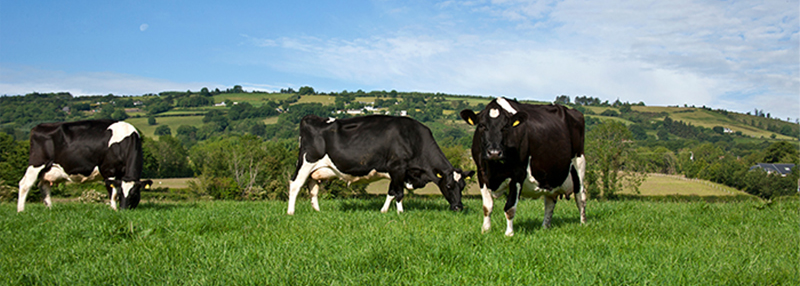
The honeybee is doing grand, but what about the other bees?
Bees have been on quite a public relations journey over the last 20 years. From being once seen as the scourge of picnics and school playgrounds, the mere implication that you might consider swatting a nearby, buzzing bee is probably more taboo these days than criticism of the pope! The message that we should “save the bees” has got through to people. When people talk about bees, they are usually referring to honeybees and not the 20,000 other bee species in need of some love.
Read the full article on The honeybee is doing grand, but what about the other bees? here
By Stephanie Maher, Teagasc.
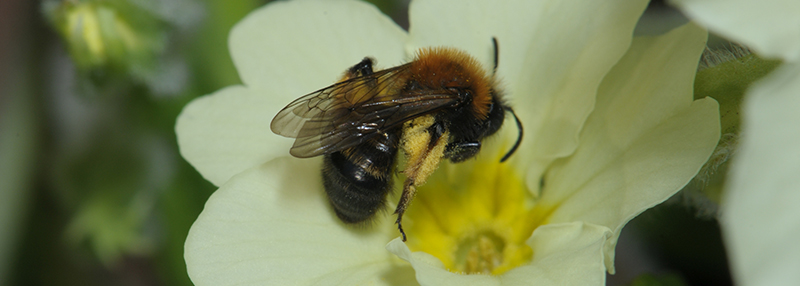
Is rural Ireland really dying? What the facts and figures tell us
In Ireland, there is a common narrative that rural Ireland is dying. One key measure that can be used to assess rural decline is population. The famine saw Ireland’s population drastically fall in the 1840s. Similarly, repeated recessions had an impact on outward migration. Collectively, these events have given rise to a perception that rural areas, in particular, are persistently weak, disadvantaged and declining.
Read the full article on Is rural Ireland really dying? What the facts and figures tell us here
By Josh O’Driscoll, Frank Crowley, Justin Doran, Mary O’Shaughnessy, UCC; David Meredith and Jesko Zimmermann, Teagasc

How we unearthed a medieval town in Co Kilkenny
As part of his Teagasc Walsh Scholarship, Daniel O’Mahony is looking to advance our understanding of monuments on agricultural land using new technologies. Using LIDAR and magnetic gradiometry, O’Mahony was able to retrace the old structures of Newtown without having to take a spade to the site. Doing this unearthed long lost features such as ridge and furrow, two extended mill complexes, possible land drainage, domestic dwellings and animal enclosures.
Read the full article on how we unearthed a medieval town in Co Kilkenny here
By Daniel O’Mahony and Jesko Zimmermann, Teagasc
What maps tell us about how we live, work and travel
For several years, we have been visualising complex patterns in geographic data and publishing them as online maps as part of our monthly map series. We take a closer look at the patterns around where we live and where we go to work. Whether you live to work or work to live, it all happens within a geographic space. So what do these spaces look like? What patterns are hidden in the data? What can they tell us about how we live/work now and may live/work in the future?
Read the full article on what maps tell us about how we live, work and travel here
By Jesko Zimmermann, David Meredith and Rob O’Hara, Teagasc

